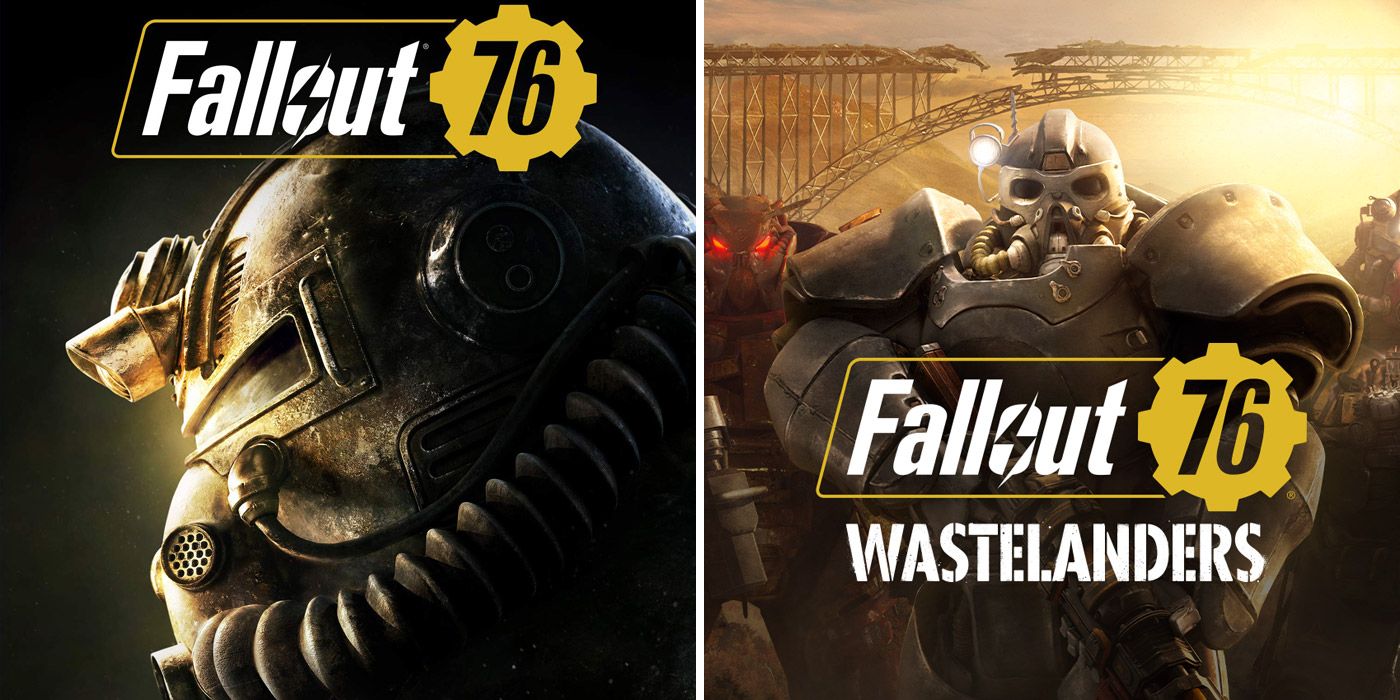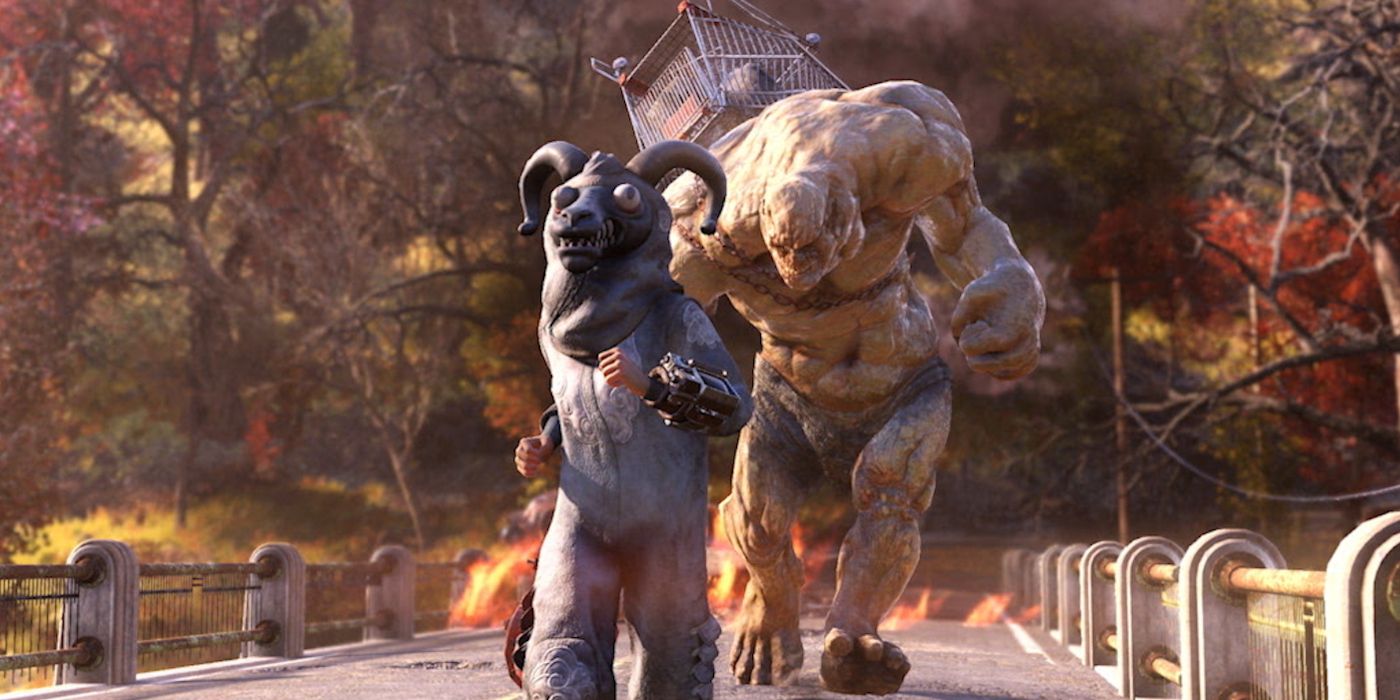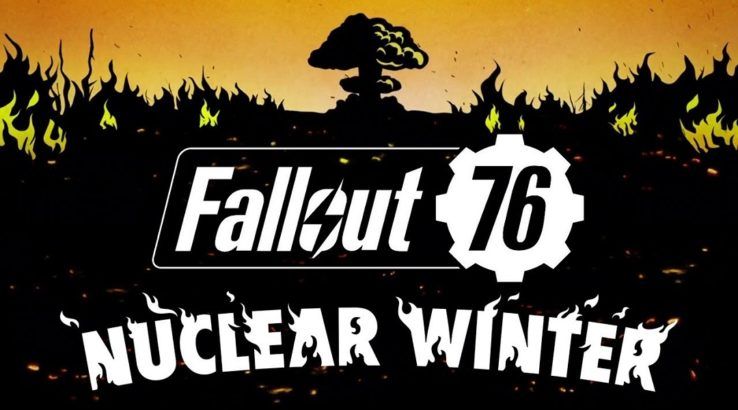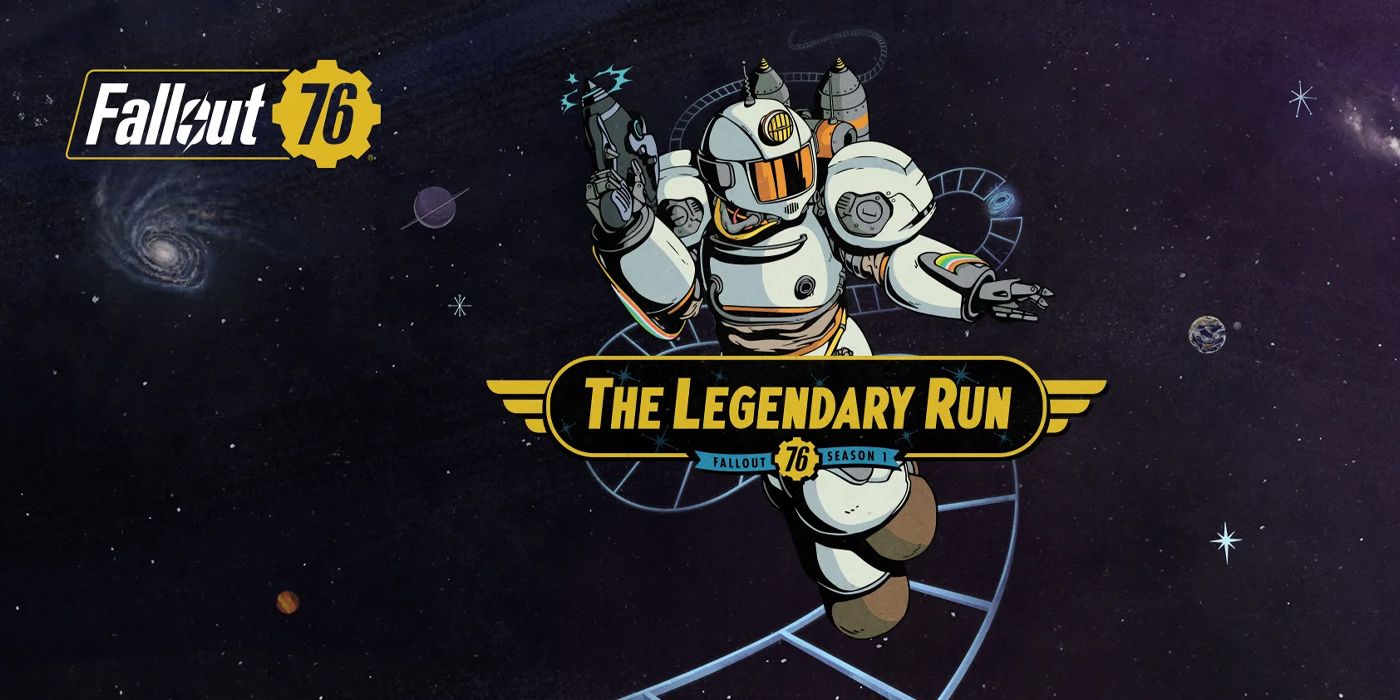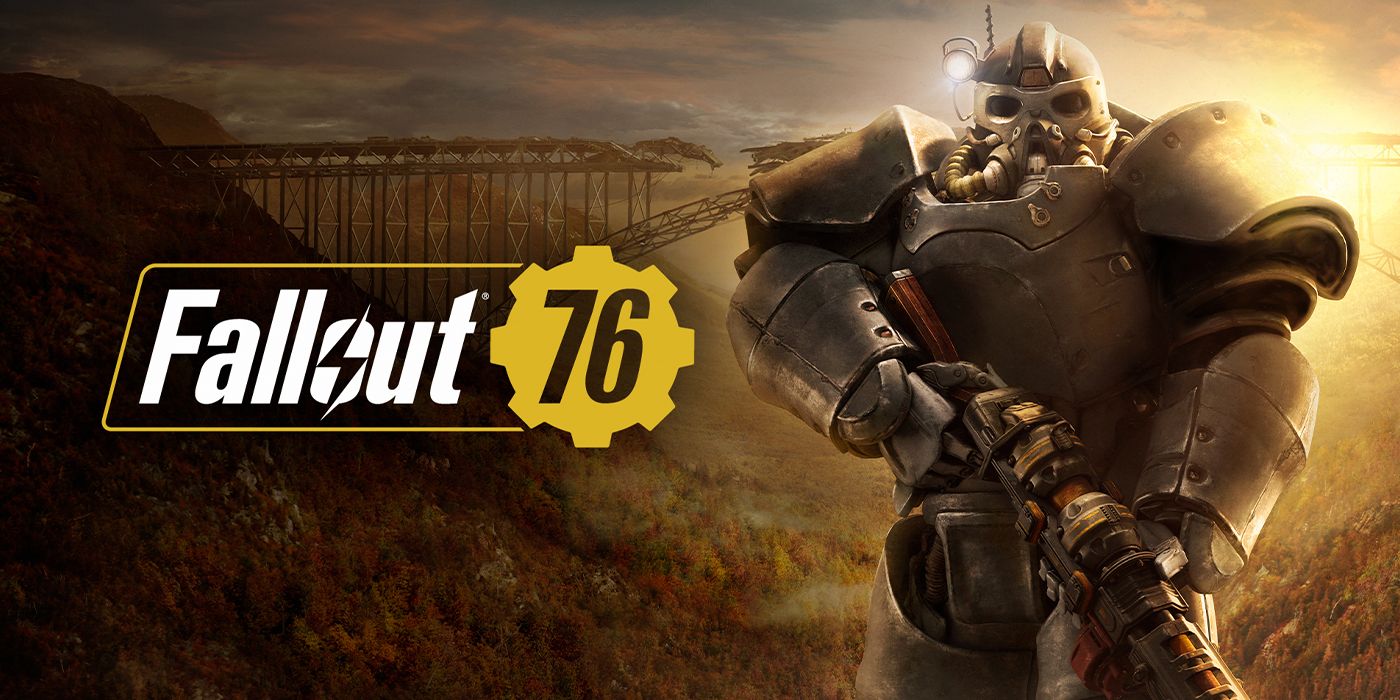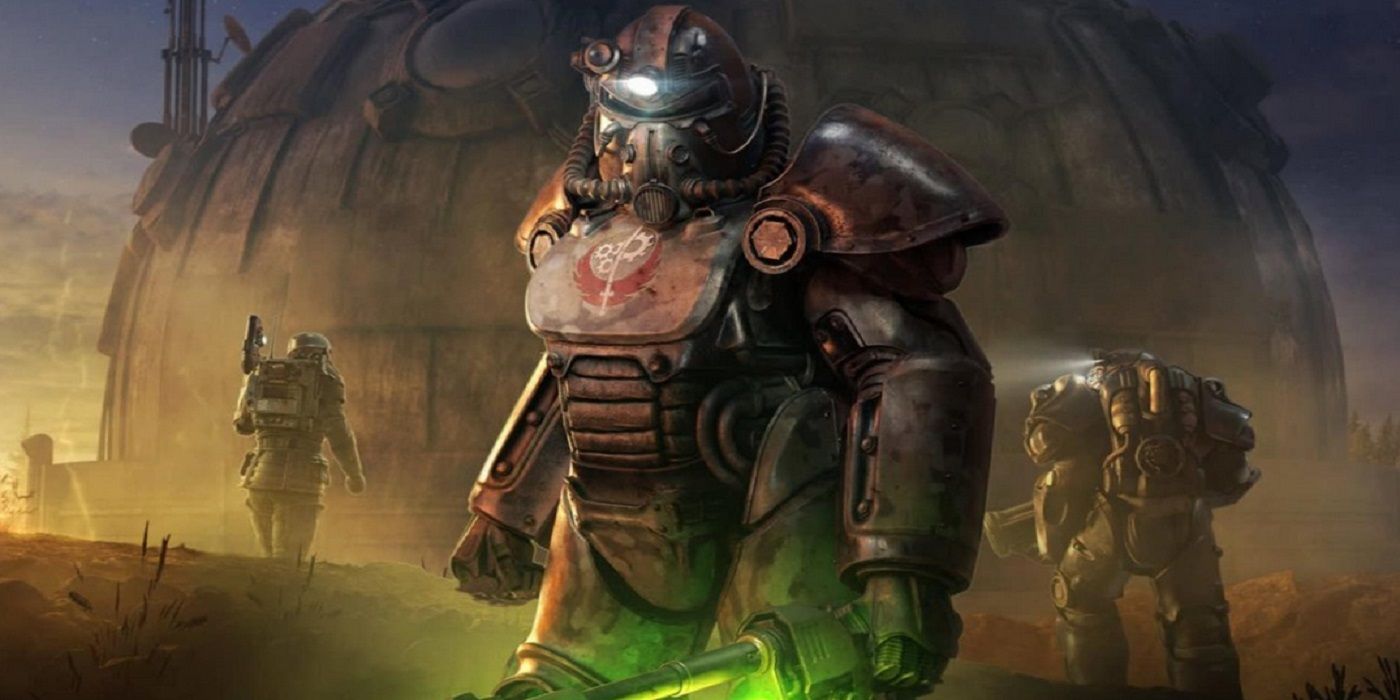Fallout 76 had, to put it lightly, a well-documented and difficult launch. By now everybody knows where things went awry, but it's worth repeating in order to see how far things have come. Besides having one of the buggiest launches in recent memory, Fallout 76 launched as a game full of content that many fans were simply... less than pleased with.
There were no major NPCs to speak of, which while that was made clear before the game released, was still such a massive shift in how Fallout games had been before that it had a shocking effect on how the world felt. Content was pretty repetitive, and base-building was somewhat limited. Bethesda said it wanted to do something different with Fallout 76, and to its credit, it did; it just wasn't something that everybody was happy with.
Since then, Fallout 76 has been constantly updated. Fans have been holding the game under a microscope, and what they've found is a game that has grown in breadth and quality into the game it is today: This evolution has led to a version of Fallout 76 with "Mostly Positive" Steam reviews, a game that has players coming back after months, or even years away, to find a Fallout game that is very much worth playing.
Wild Appalachia
The first major update for Fallout 76 was Wild Appalachia. While this was certainly one of the tamer updates that Fallout 76 has seen, it certainly wasn't a waste. There was a slew of smaller content added in this update, including a new questline revolving around a group of Pioneer Scouts and one that featured a monster of sheer terror. Brewing and distilling were added as a feature in the C.A.M.P., allowing players to craft a ton of different beverages of varying benefits and not-so-benefits. This update also saw the introduction of the short-lived Survival Mode, allowing any character to be attacked by another at any time for full damage, along with some other more hardcore-focused changes.
This made the game world much more tense and hostile, but it wasn't a mode that seemed to resonate with a lot of players, considering Fallout 76 has one of the best and nicest communities in gaming. Many players aren't looking to fight one another, and support for the mode was discontinued a few months later. Sure, there was an initial problem with grieving, but that has since changed drastically.
The most pivotal part of this update was something that players had wanted since launch: player vending. Finally, players could create their own stores and shops in the game, trading those precious caps with each other and fulfilling a paramount role-playing aspect of the game. This added an absolute ton of value to Fallout 76, inspiring players to create intricate shops in some of the craziest C.A.M.P. builds anyone's ever seen. This feature alone has kept players invested in the game since, and Bethesda was just getting started.
Nuclear Winter
The next major update to Fallout 76 was Nuclear Winter. The primary focus of this update was the introduction of the Battle Royale mode, which allowed players to relive the final moments of Vault 51. At its core, it's pretty standard-fare battle-royale, with a circle closing in, where the last player standing wins. Weapons and armor are found around the map, and only certain perk cards are allowed to be equipped for the mode.
Vault 94 was also unlocked, first as a raid-type instance (which occasionally rewarded players with less-than-useful items), and then eventually unlocked in the world, able to be explored at players' leisure. Overall, this update added some variety to Fallout 76 in an entirely new game mode, and did a bit to flesh out the endgame, as it was back then. It wasn't the meatiest update the game ever saw, but it's had some long-lasting impact.
Wastelanders
Easily, the Fallout 76 Wastelanders update completely changed the game with the introduction of NPCs. In one fell swoop, the game went from being a place that felt a little bit empty and lifeless to feeling like Fallout, again. Settlers and Raiders moved back into Appalachia and are looking to grow roots, while players get to take some quests from both of these factions before having to make a choice as to which faction to support. This is a choice that definitely has quite a bit of impact on how the game plays from then on, bringing that beautiful element of player choice back into the fold, as well.
Just about everything added in Wastelanders feels like a breath of fresh air for Fallout 76. The writing is solid, with the occasional interesting character injecting an actual living, breathing story into the game. That's not to say the holo-tape stories that were the predecessors to this update were bad by any stretch, but there was how Fallout 76 felt Before Wastelanders and how Fallout 76 felt After Wastelanders. It changed the game in a crucial, irrevocable way, and it seems to be a change that resonated the most with players.
The Legendary Run
The Legendary Run added, in essence, Seasons to Fallout 76. These work essentially like Battle Passes in any other game (though every season in Fallout 76 is free): the more players play, earn XP, and complete challenges, the further players progress through the season. Progressing through the season gains players different items, like cosmetics, C.A.M.P. items, currency, perk card backs, etc. While light on content, this update added some more incentive towards playing the game, giving players some extra carrots to chase. All in all, it was a worthy addition to Fallout 76, with the game now currently on its third season.
One Wasteland For All
The One Wasteland For All update made some major structural changes to Fallout 76, making the game more accessible to players of varying character levels and adding a new gameplay feature, Daily Ops. The world in Fallout 76 had always felt a little uneven, as enemy levels didn't really progress with the player, meaning a level 1 player could stumble across a group of level 20 enemies and get made into a permanent addition to the pavement, while a level 30 player could run across a group of level 2 enemies and barely notice they exist.
With One Wasteland For All, enemy difficulty dynamically adjusts with the player, making for a much more even experience across the entire wasteland. Daily Ops were a new type of instanced-content. They are slightly-randomized each day, with different enemies that have one of five different mutations, requiring players to have a pretty different playstyle for each. These Daily Ops can be played solo, or with up to four players, and the reward given is based on how long it takes the player(s) to finish.
Steel Dawn
The latest update for Fallout 76, Steel Dawn, adds the classic Brotherhood of Steel to the wasteland, much in the same fashion that the Settlers and the Raiders came in the Wastelanders update. This is the first of a two-chapter Brotherhood storyline and gives players the opportunity to either join the Brotherhood of Steel or actively work against them. This is definitely a story-heavy update, though it also has some very impactful structural changes to Fallout 76, as well, as many updates before it did.
No longer is Hunger and Thirst paramount to survival. Sure, eating and drinking are going to help a player's character out (and they'll probably appreciate it), but there are no longer any negative effects for neglecting them. This is definitely a game-changer; gone are the days of carrying along fifty pounds worth of food and drink just to keep those bars full on a long journey. The underground shelters are a new addition in Fallout 76, as well. These act as an expansion to the C.A.M.P. system, but have their own build budgets and decorations available to use. These shelters are instanced interiors, meaning it gets players out of the Wasteland, if only for a little bit.
Fallout 76 has grown a lot since release. Despite the absolute smattering of negative feedback Bethesda received on launch (with Todd Howard saying Fallout 76 was a letdown recently), it has stuck with the game, building and iterating upon it until it became something that a lot of players really seem to enjoy, much in the same fashion as No Man's Sky. Bethesda doesn't seem to be stopping anytime soon, and with a now healthy-and-happy player base, there doesn't seem to be any reason to.
Fallout 76 is out now for PC, PS4, and Xbox One.

